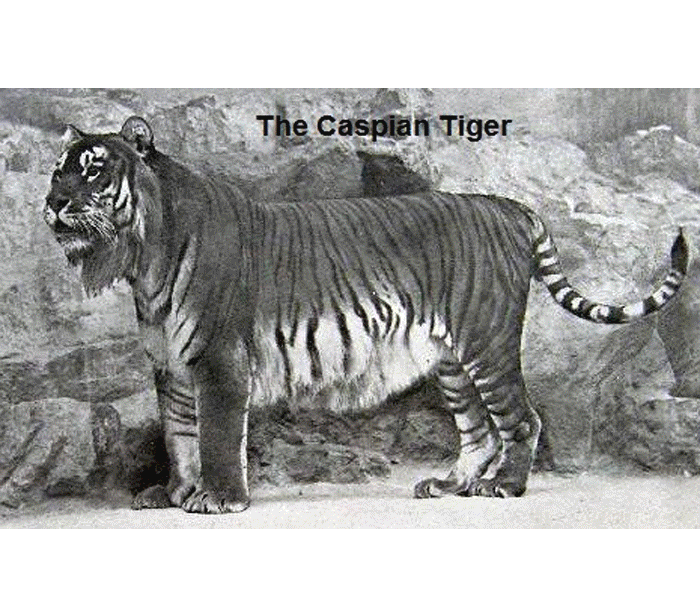
Nature for the Future
Wildlife

929 views
0 likes
You will need to sign in before you can comment or like.
The movie ‘Jurassic Park’ reminded us of dinosaurs that once roamed the earth for almost 160 million years
but disappeared completely about 65 million years ago.
Actually, many species of both animals and plants had been wiped out
and we will never get a chance to see them again except in pictures.
Dodo, a flightless bird once found in Mauritius; elephant bird,
the largest bird that ever lived on earth and whose eggs were 200 times bigger than a chicken's egg;
large and thick flocks of the passenger pigeon of America; Huia bird,
a melodious song bird of New Zealand; Tasmanian wolf, although resembled like a wolf and dog
but actually a carnivorous marsupial; South African Quagga, the strange looking animal,
front half of which looked like a zebra and back like horse; the gracious Caspian tiger and the Stellers Sea Cow.
Sad to say there are no surviving members of these species anywhere in the world!
This is what called as extinction and these animals are considered as extinct animals.
However, there are many species for which only a handful of members are left and are in danger of becoming extinct
- they are termed as endangered species example of which are - the Seven Soloured Tanager,
the most beautiful of all birds, found only in Brazil's Atlantic forest;
the Honduran Emerald, a rare species of hummingbird;
the ancient, flightless Kakapo of New Zealand which is the world's rarest and strangest parrot,
the giant panda, the rarest member of the bear family which has become the symbol of World Wildlife Fund (WWF);
tiger and many more . . . .
Have you ever thought of the reasons for their extinction? Main reason is the ever-increasing rate of human population- the population explosion! The world's population goes up by 10 million people every year and is estimated to cross 10 billion by 2050. As a result, more and more land is being used for agriculture to provide food, cities to provide shelter, industries and so on, for which more forests are being cut. All these operations actually destroy the natural habitats of animal populations resulting in their extinction. Environment pollution is another prime factor. Rapid climate changes, large volcanic eruptions and fall of meteorites are also assumed to be the cause of mass extinction.
Efforts are on across the world to protect and conserve all the species that face the threat of extinction. The International Union for the Conservation of Nature (IUCN) publishes the Red Data Books which contains list of rare species according to the risk that they face and information about their habits and monitoring programmes. IUCN together with WWF come up with the plan to make national park country-wise all over the world to preserve them. Now it's your turn to generate awareness about the fate of endangered animals which will make you feel more responsible to conserve our mother nature for future generations to enjoy.
Comments